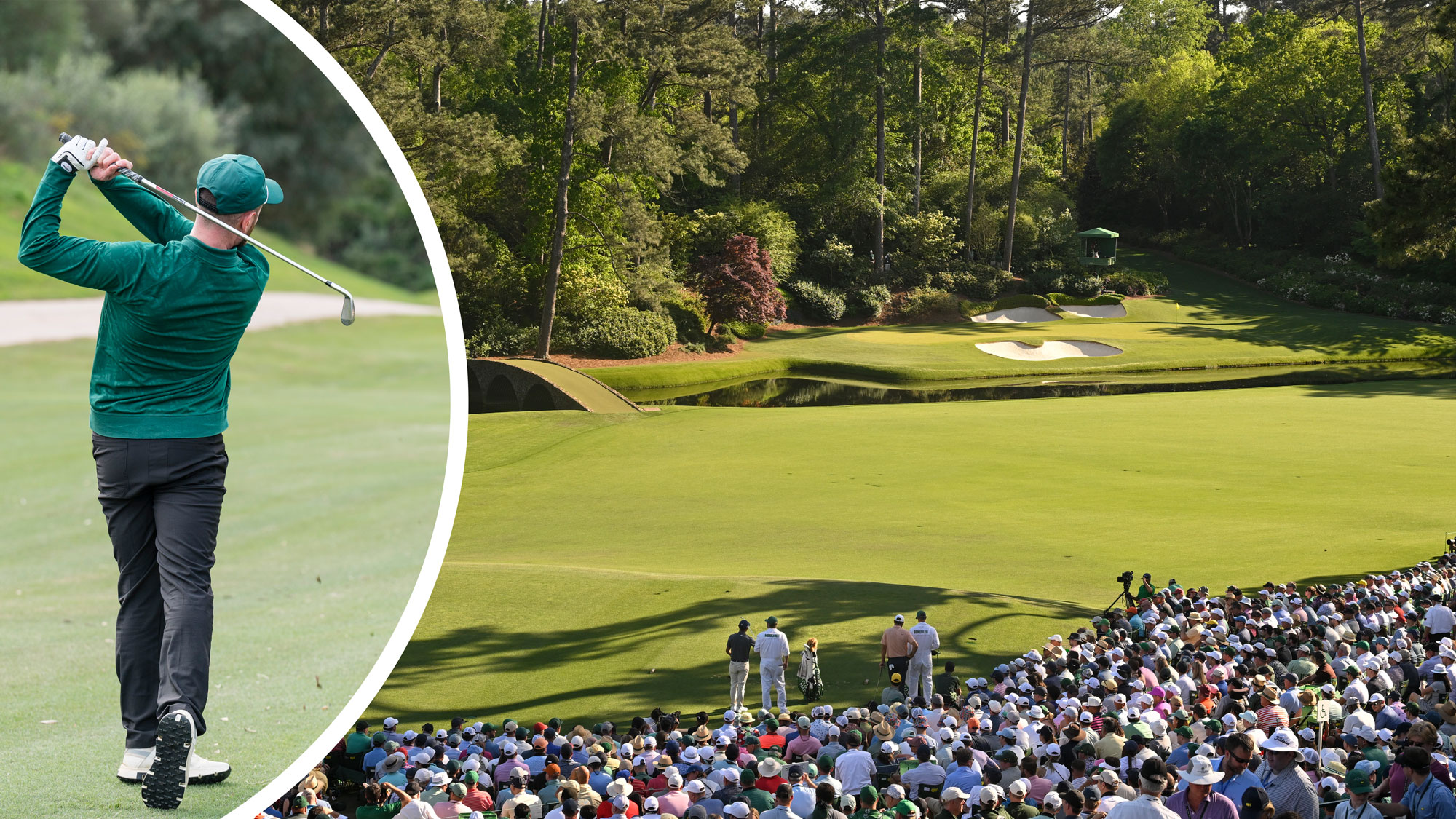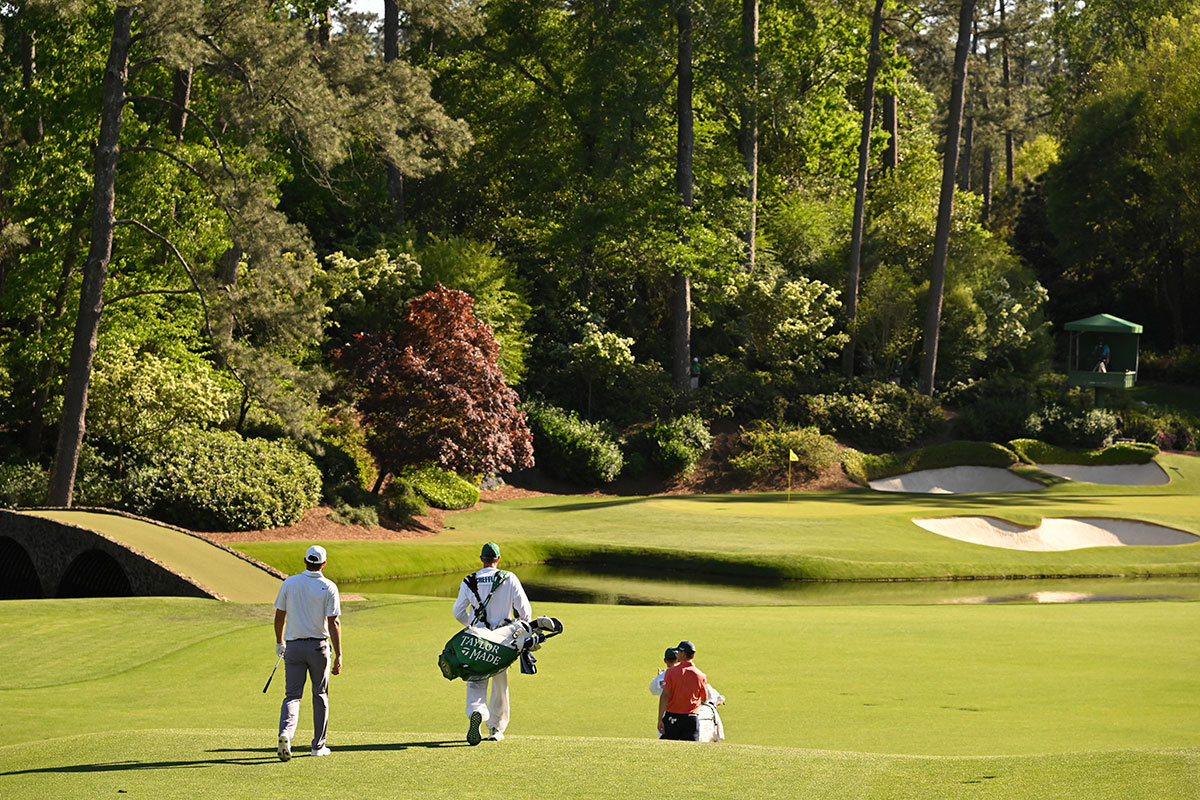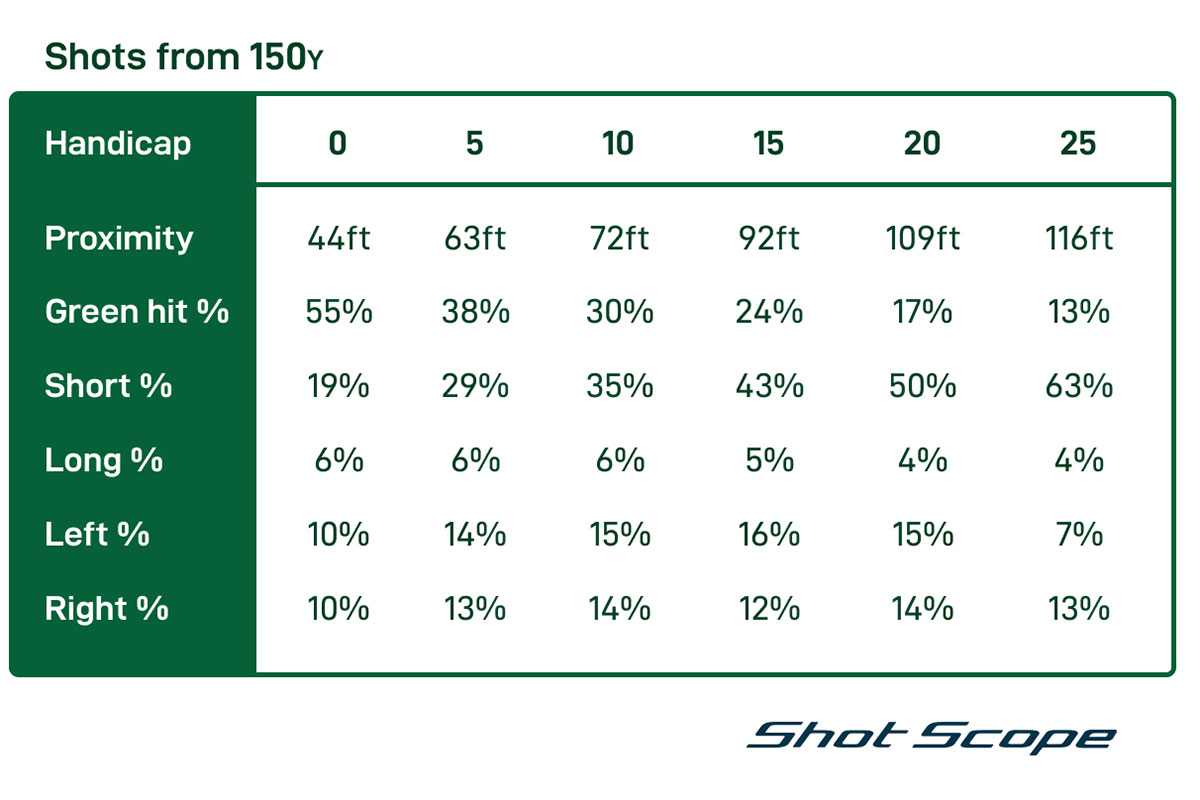
Let's be honest, we have all dreamed of playing the 12th hole at Augusta National.
After seeing the top players in the game take it on at The Masters every year, witnessing the full spectrum of outcomes ranging from delightful to disastrous, it can't just be me that wonders how I would get on if given the chance.
Unless you are as lucky as my colleague Dan Parker, who played Augusta National while covering The Masters for Golf Monthly last year, you might have to be a little more creative in your search for answers - but we can help you to find them.
According to the latest Shot Scope data, the average amateur might need to purchase a few more golf balls before taking on the famous Amen Corner par 3...
Augusta National's 12th Hole: Could You Hit The Famous Green At Amen Corner?
When players are in pursuit of a Green Jacket, and teeing it up in front of a gallery of expectant patrons, you can understand why this hole provides such volatility in scoring.
This 155 yard par 3 requires ultimate precision, with the penalty of Rae's Creek short and a trio of perilous bunkers positioned at the front and back of the putting surface.
The 12th historically plays over-par, at around 3.27 shots, making it the fourth hardest hole at Augusta National.
Competitors at The Masters get up-and-down around 62% of the time when missing the green, leading to costly dropped shots over the course of four tournament rounds, which could be the difference between victory and defeat.

When taking data from shots of a similar distance (150 yards), you'll be unsurprised to hear that the likelihood of amateur golfers finding the green decreases as the handicap index increases.
On average, a scratch golfer finds the green 55% of the time from 150 yards. That probability drops to 30% for a 10-handicapper and 17% for a 20-handicapper.
While the shape, depth and width of the green will impact those figures, I am surprised that most mid- to high-handicappers would struggle to hit the green four times out of ten attempts.
The popular miss tends to be short, which spells danger on a hole like the 12th at Augusta National - often leading to penalty shots and big scores on the card.
From this distance, the average scratch golfer misses short 19% of the time, rising to 35% for a 10-handicapper and 50% for a 20-handicapper. That's a lot of balls holding up in that famous swirling wind above Amen Corner and resulting in a wet conclusion.
Long is far less common for amateur golfers, meaning visits to the back bunkers behind the green or even the foliage surrounding them is not as likely.
Irrespective of handicap index, players miss long from 150 yards between 4% and 6% of the time, perhaps providing some relief in the knowledge that the danger beyond is not really in-play for most.

As you can see in the table above, players are generally just as likely to miss to the left as they are to the right, unless you look specifically at higher-handicap players who favour a right miss.
Proximity is also interesting when you consider the narrow hour-glass shape of the green on the 12th hole at Augusta National.
Based on the data in the table above, those that find the putting surface are likely to have an unlikely long-putt for birdie, or more likely a tricky two-putt for par.
I'll be honest - I'd take that. Especially after spending my entire backswing silently screaming at myself not to shank it into Rae's Creek.







